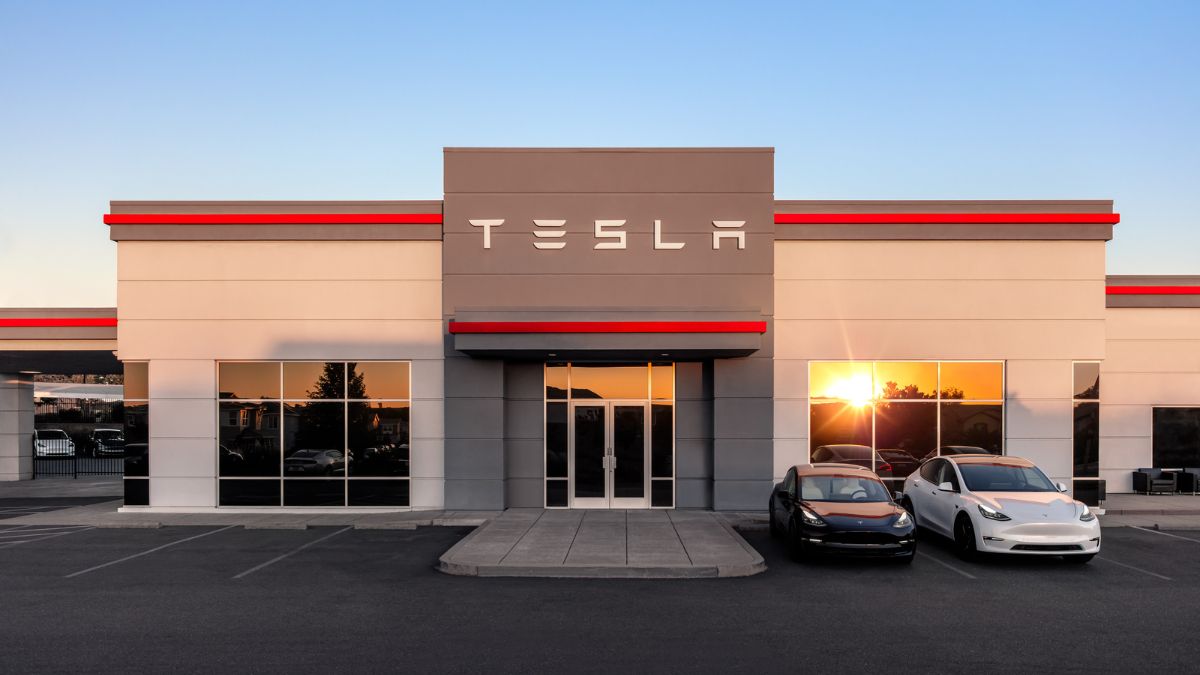Elon Musk’s Bold Vision for Full Autonomy in Driving
As the automotive industry stands on the brink of transformation, Elon Musk’s bold vision for fully autonomous vehicles is gaining traction like never before. Tesla, Musk’s brainchild, has become synonymous with electric vehicles (EVs) and self-driving technology, igniting a debate about the future of driving, safety, and the broader implications for society. This article delves into Musk’s ambitious pursuit of full autonomy, examining the technology behind it, the potential impact on drivers, and its implications for the economy.
The Technology Behind Full Autonomy
At the heart of Musk’s vision for fully autonomous driving is a complex interplay of advanced technologies, including artificial intelligence (AI), machine learning, and a vast network of sensors. Tesla’s Full Self-Driving (FSD) system utilizes an array of cameras, radar, and ultrasonic sensors to perceive the vehicle’s surroundings. This data is processed by powerful onboard computers that enable real-time decision-making.
Levels of Driving Automation
Driving automation is categorized into six levels, ranging from Level 0 (no automation) to Level 5 (full automation). Musk aims for Tesla vehicles to achieve Level 5, where the car can operate under all conditions without human intervention. Key features of this technology include:
- Computer Vision: This allows the car to interpret visual data from its cameras, recognizing objects, lane markings, and traffic signals.
- Machine Learning: Tesla’s system learns from vast amounts of driving data, improving its performance over time through real-world experiences.
- Neural Networks: These simulate human brain functions to enhance decision-making processes, allowing the vehicle to navigate complex driving scenarios.
Safety Concerns and Regulatory Challenges
Despite the technological advancements, the journey towards full autonomy is not without its challenges, particularly regarding safety. Critics argue that relying on AI to control vehicles poses significant risks. High-profile accidents involving Tesla’s FSD have raised questions about the reliability of the technology.
Safety Statistics and Misconceptions
Proponents of autonomous driving argue that AI can significantly reduce the number of accidents caused by human error, which accounts for over 90% of traffic incidents. However, it’s essential to consider the following:
- Data Transparency: Tesla’s safety data and performance metrics should be openly communicated to foster public trust.
- Regulatory Scrutiny: Regulatory bodies must establish clear guidelines for testing and deploying autonomous vehicles to ensure public safety.
- Public Perception: Changing the mindset of drivers accustomed to traditional vehicles will require education and outreach.
The Future of Transportation: Implications for Drivers
The shift towards fully autonomous vehicles could redefine the role of drivers. With Musk’s vision, the driving experience may evolve into one of convenience and leisure rather than a necessity. Here are some potential implications for drivers:
1. Redefining Mobility
Full autonomy could lead to a world where personal car ownership declines in favor of ride-sharing services. Individuals may opt for on-demand autonomous vehicles instead of maintaining their own cars, potentially reducing congestion and parking challenges in urban environments.
2. Changes in Driver Responsibility
As vehicles become more autonomous, the responsibilities of drivers will shift. While drivers may still need to monitor the system, the need for active engagement will decrease. This transition will necessitate new laws and regulations regarding liability and insurance.
3. Accessibility and Inclusivity
One of the most promising aspects of full autonomy is its potential to enhance mobility for individuals with disabilities or the elderly, who may struggle with conventional driving. Autonomous vehicles could provide newfound independence and accessibility.
The Economic Impact of Full Autonomy
The transition to fully autonomous driving also holds significant economic implications. The automotive industry, insurance sectors, and urban planning will all need to adapt to this new paradigm.
1. Job Displacement and Creation
While full autonomy could lead to job losses in driving professions, it may also create new opportunities in tech-related fields. This includes roles in AI development, vehicle maintenance, and infrastructure planning. Policymakers must consider retraining programs for displaced workers.
2. Changes in Insurance Models
The insurance industry will need to adapt to a world where human error is less of a factor in accidents. This may lead to a shift from individual driver policies to coverage based on the vehicle’s technology and performance metrics.
3. Impact on Urban Design
With the rise of autonomous vehicles, urban planners may need to rethink infrastructure. Reducing the number of parking spaces and enhancing public transport systems could lead to more sustainable and efficient cities.
Conclusion: A Vision for the Future
Elon Musk’s bold vision for fully autonomous vehicles represents a significant leap forward in transportation technology. While there are hurdles to overcome, such as safety concerns and regulatory challenges, the potential benefits are immense. From redefining mobility to reshaping the economic landscape, full autonomy could revolutionize the way we think about driving.
As we stand on the cusp of this transformative era, it is crucial for stakeholders—including policymakers, technologists, and the public—to engage in open dialogue about the implications of full autonomy. Embracing this change with caution and optimism will pave the way for a safer and more efficient future, aligning with Musk’s ambitious aspirations for the next generation of transportation.
See more Future Tech Daily

